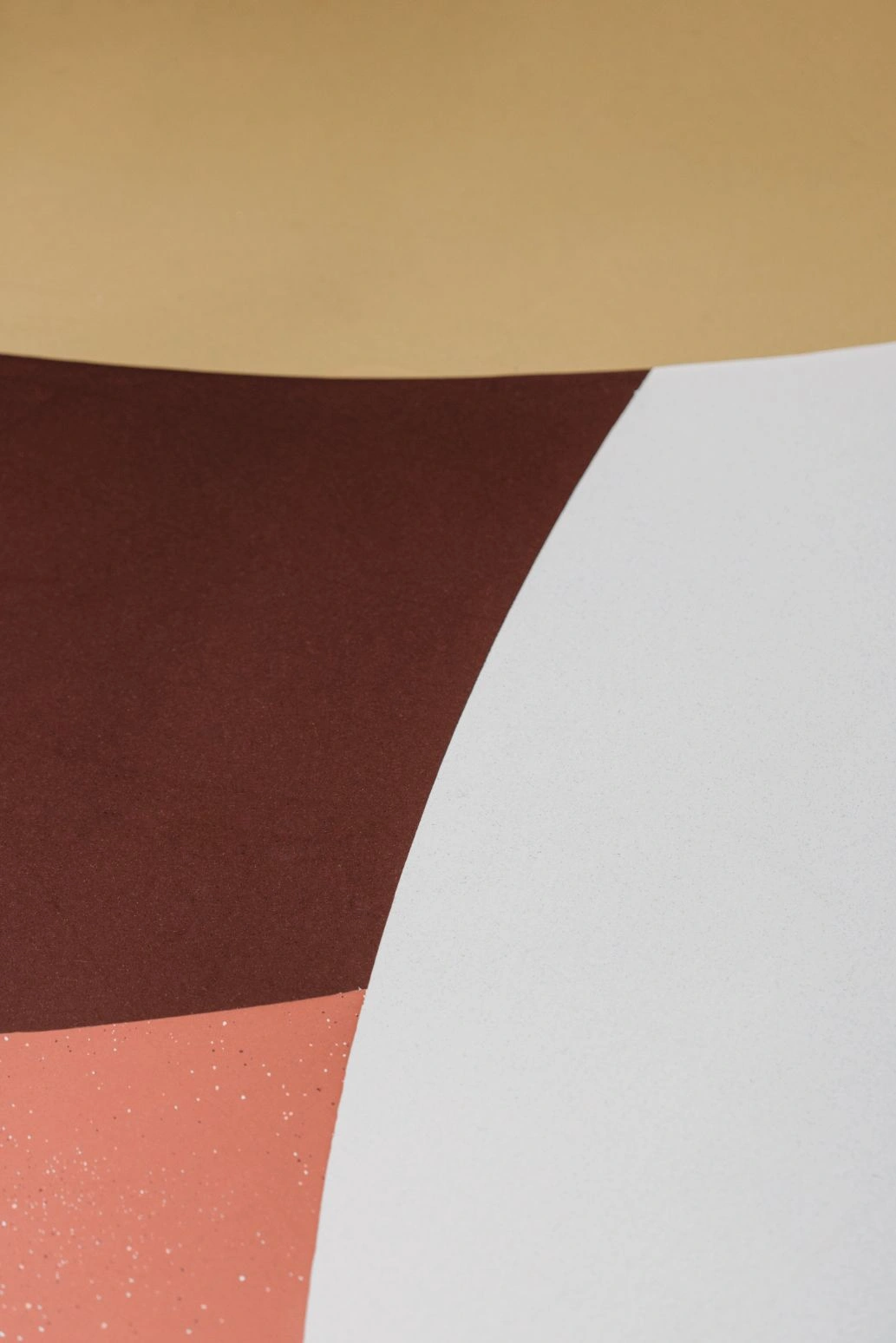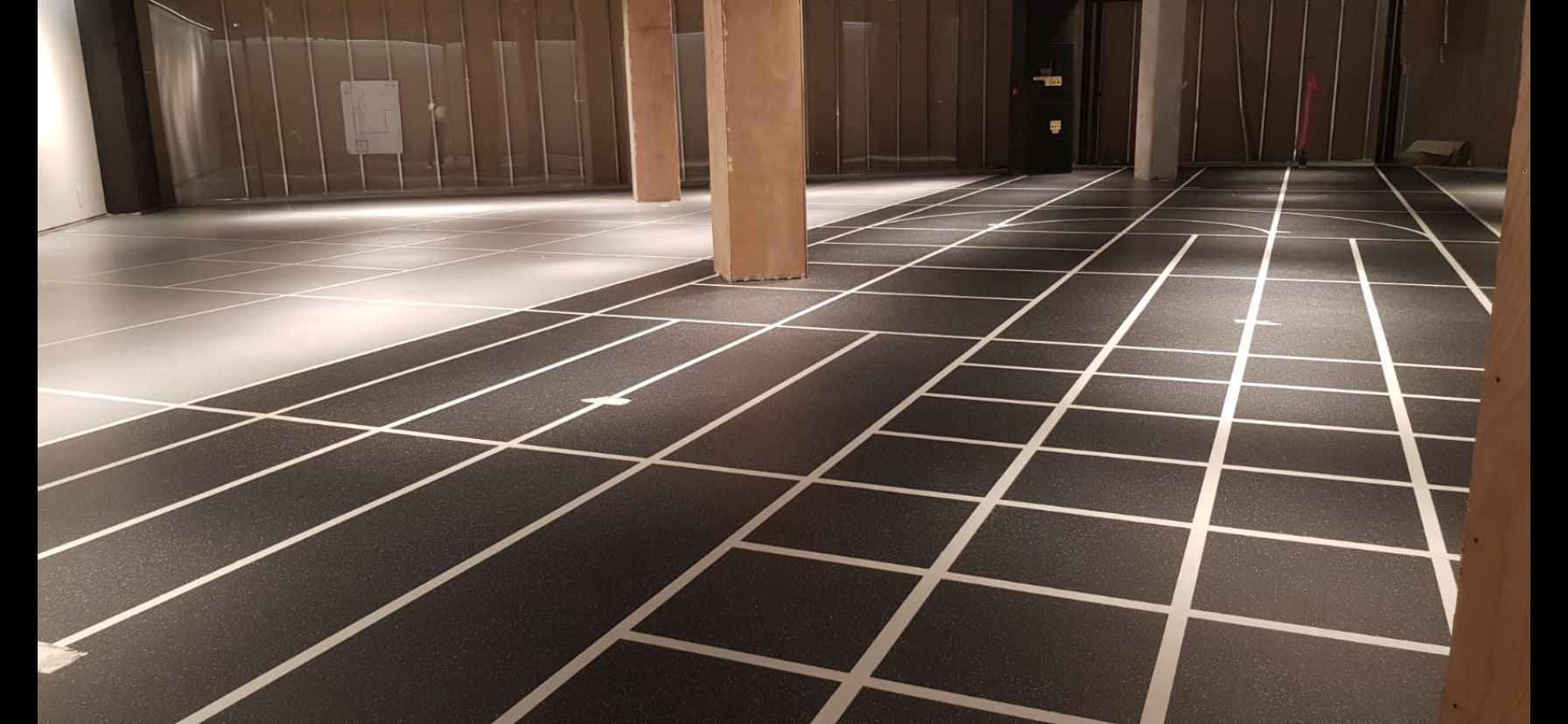Duracryl International BV
Elandstraat 91
2901 BK Capelle aan den IJssel
The Netherlands
+31 (0)10 458 85 52
info@duracryl.com
Duracryl International GmbH
Maybachstrasse 6
D 71397 Nellmersbach
Germany
+49 (0)7195 592 960
vertrieb@duracryl.com
Duracryl International INC
2727 Irving Blvd
Dallas TX 75207
United States of America
+1 (469) 243 4107
sales@duracryl.com
Duracryl International INC
350 Seventh Avenue, Suite 903
New York, NY 10001
United States of America
+1 (469) 243 4107
sales@duracryl.com
Duracryl International BV France
Elandstraat 91
2901 BK Capelle aan den IJssel
The Netherlands
+33 (0)6 19632181
peterblanken@duracryl.com




